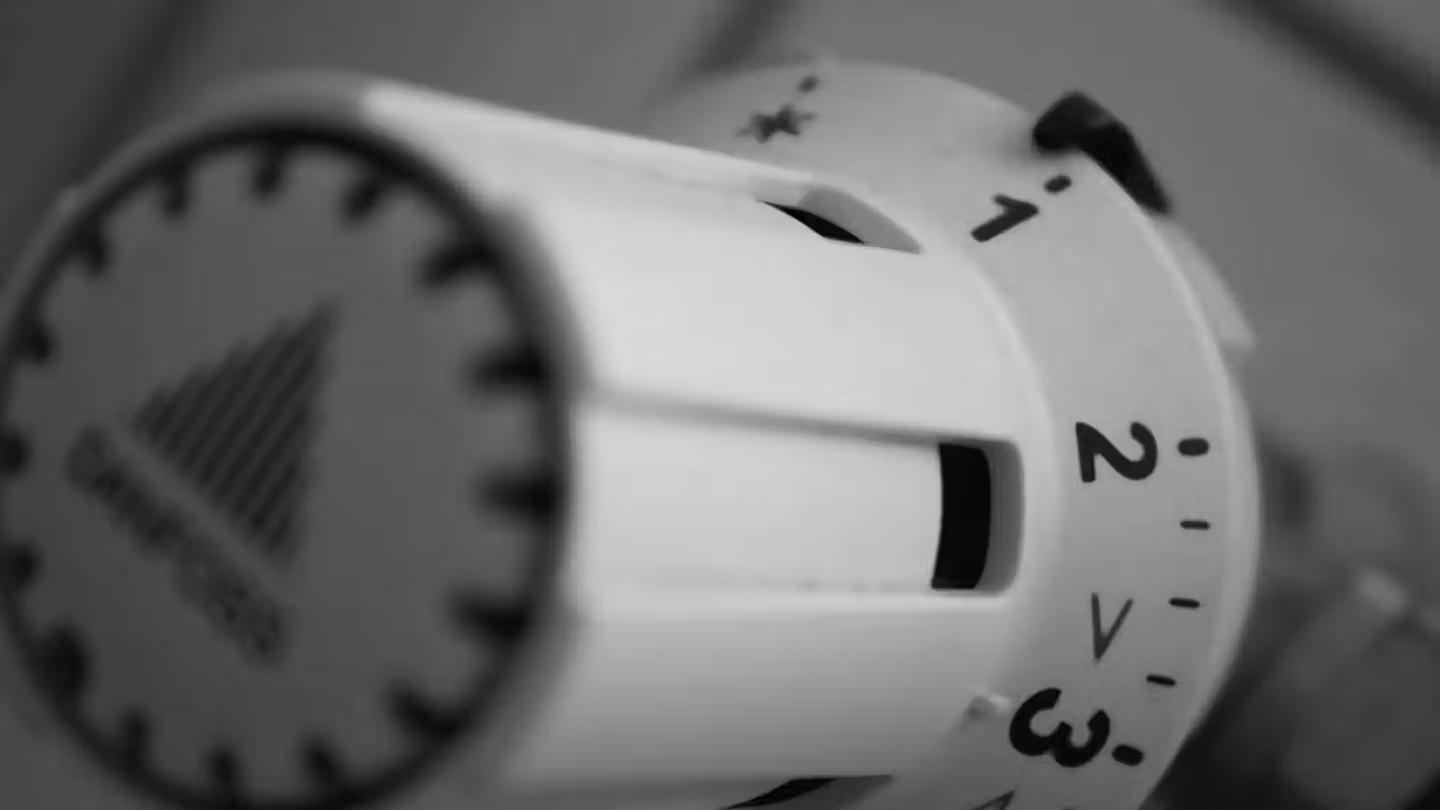Unfortunately, problems with central heating can be all too common during the colder months. As this is the time when heating is the most important, it is essential to understand the different options for heating which are available to you. As issues with central heating can take a while to resolve, it is important to consider temporary heating solutions which can be used to keep you ticking over until your central heating concerns are dealt with. There are a few different options to consider when it comes to temporary heating, some of which are more suitable for certain situations.
Electric Radiators
One of the most popular temporary heating solutions for the home is an electric radiator. These are great for heating smaller spaces such as rooms within the home. This portable electric radiator is twice as efficient as traditional radiators. It has a built-in thermostat which maintains the room temperature at your desired level. This radiator has three output levels which can be adjusted to match the weather. Due to their size and design these electric radiators are extremely portable and therefore can be used in various rooms across the house as necessary.
Electric heaters are the most commonly used in the home as they are relatively safe compared to other heating solutions. Electric radiators, such as this one, have an overheat safety cut out which means they won’t overheat and cause safety concerns, but it is a good idea to check on this.
Catalytic Heaters
Catalytic heaters are a fairly common way of heating homes, offices and shops. They run off natural gases, such as butane. This LPG catalytic heater is a mobile heating solution which uses butane gas. Catalytic heaters are safe to use indoors despite using gas to run effectively. They produce heat through a chemical process and tend to heat up fast.
Safety Catalytic heaters are safe to use indoors as they do not emit gas, they just use it to provide heat; they do not produce carbon monoxide. Propane heaters on the other hand may not always be safe to use indoors as they may give off carbon monoxide. Despite catalytic heaters being safe to use indoors it is important not to leave them unattended or on at night.






















































